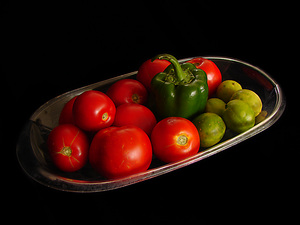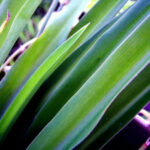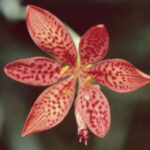In soil with a pH testing of below 6.0, garden lime should be added to “sweeten” the garden soil and lawn, which strengthens plant roots and stems. If soil testing is not possible, or time is limited there are several conditions to recognize high acidic soil. Soil that is subject to a lot of rain run-off, high growth of moss and other lichens, clay or dense soils show signs of needing garden lime added to promote growth of healthy and hardy plants.
Soil pH testing of a garden or lawn area is recommended and can be done at the local agricultural office, or soil testing kits can be purchased at a farm supply store for approximately $20. Once garden soil testing is accomplished, adding the necessary nutrients for the plants intended is essential.
Benefits of Lime
Garden lime corrects acid soils, especially in high rainfall areas. Lime contains magnesium and calcium which assists in plant growth, assures strong growth and good fruit and leaf quality. A lime deficiency produces yellowing on edges and between veins of older leaves as well as curled leaves on plants. Garden lime helps nutrients become more accessible to the plants and helps aerate heavy soil. It can be added to composting piles to help break down organic matter.
How to use Lime
Lime is basically ground rock, so it does not dissolve in soil quickly. Some products are advertised to dissolve more quickly than others so read labels on various products. Lime is best applied in late fall but can be applied any time of the year to gardens or lawns, keeping in mind that it may take two to three months to work properly. Try to apply prior to planting and do not apply lime and fertilize at the same time as a reaction between the two can release nitrogen from the soil.
If adding lime to cultivated soil as in gardens, dust or broadcast the lime over the surface, then mix it in. Usual recommended amounts are five pounds per 100 square feet (10 ft. X 10 ft. area). Read and follow package label directions.
When applying lime to lawns, apply to the surface and water in thoroughly. If the soil is extremely acidic, make several applications over time, using no more than five pounds per 100 square feet. Too much lime applied at once will burn plant roots and poison beneficial soil microorganisms. Apply an amount of lime to lawns in winter equal to the total amount lawn food applied during the year for healthy and greener lawns.
Where to use Lime
Lime is ideal for use when growing sweet peas, peas, cabbages, corn, roses, chrysanthemums, and cactus. Sun loving plants and vegetable gardens prefer “sweet soil. Never apply around or near “acid loving” plants such as azaleas, camellias, rhododendrons, hostas, or ferns. Most Shade loving plants thrive in high acid soil.
Creating a beautiful plant or vegetable garden is more than just hard work; it can be a scientific project. All the fertilizers you add to the soil are useless if the pH is too low or too high because the nutrients get locked up in chemical forms the plants cannot take into the system. Proper preparation will produce desirable vegetables, flowers, and lawns.
Sources:
www.greenhands.com/soil/lime.html
www.gardenhealth.com/product/10/75
http://home.howstuffworks.com/how-to-use-lime-on-your-soil.html
www.hi-yield.com/productdetails.aspx?prod=32136





